What comes to mind when you hear New York wine? Most would say white table cloth restaurants with wine lists the length of the Brooklyn Bridge. Or nerdy wine bars wherein creative sommeliers are blasting music and talking up the merits of regenerative viticulture.
These wine elements exist, of course, but the Empire State also produces a healthy amount of the stuff, and a growing share of it is quite good. And much of the action happens away from the bustle of the Big Apple, in American Viticultural Areas (AVAs) like Lake Erie and the Finger Lakes. In fact, winemaking has become so popular in New York that it’s now among the top five wine-producing states in the nation.
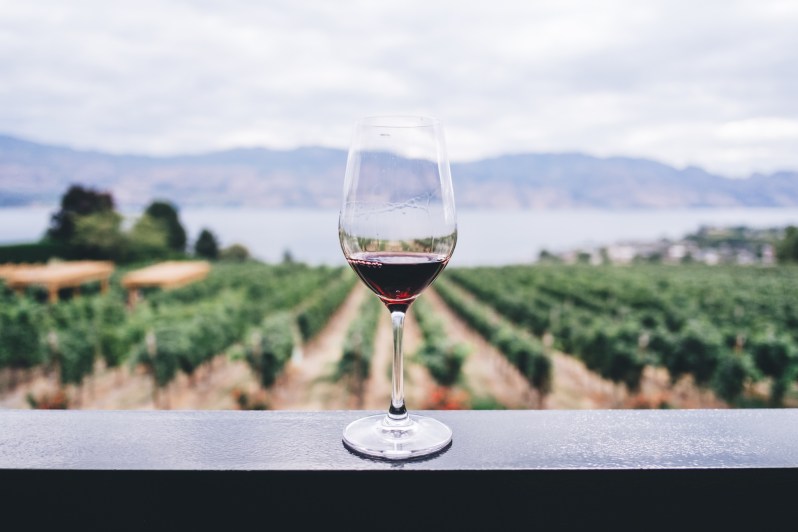
Given the rich farming history of the Hudson Valley, it’s not surprising that the region has flirted with winegrowing for some time. European immigrants tried their hand at viticulture there as early as the 1600’s. Commercial wineries came about many generations later. As is stands, New York is home to both the first bonded winery in the nation (Pleasant Valley Wine Co.) and the oldest continuously running label (Brotherhood Winery).
Convincing locals that the state had real winemaking potential took time. Dr. Konstanin Frank championed such potential, urging growers to try vitis vinifera varieties like Riesling, Chardonnay, and Cab as opposed to native grapes like Concord. The masses ultimately embraced his mindset, grafting onto native rootstock. And thanks to some friendly legislation passed over the last half-century, New York wine has become a very legitimate thing.
Finger Lakes
Of the state’s four major AVAs (there are eleven total statewide, and counting), the Finger Lakes is the most established and prestigious. The lake effect here is dramatic, resulting in cooler temperatures ideal for grapes like Chardonnay and Riesling. From a growing and climate standpoint, it’s a lot like the slopes in Germany along the famous Rhine River.
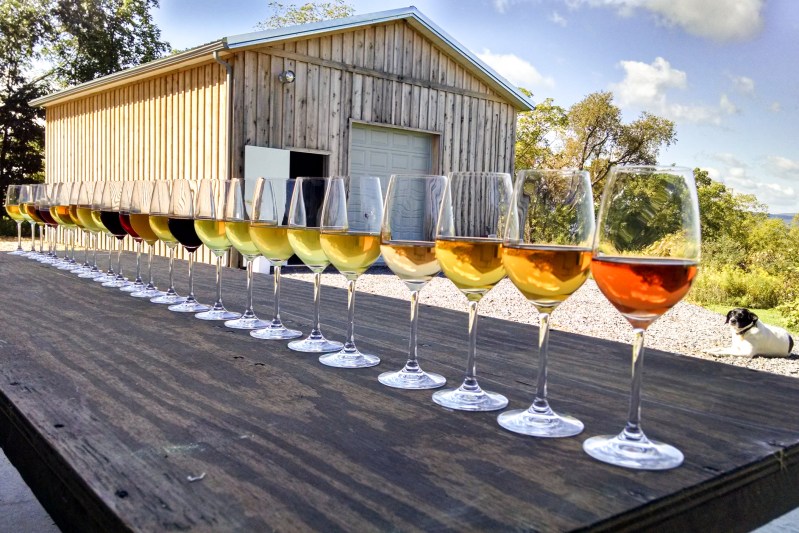
Pinot Noir fares well in the temperate microclimate and well-draining soils of the Finger Lakes. And there are some fun, rarer grapes flourishing here, too, like Dornfelder and Pinot Meunier. Look for wines with obvious acidity and potential to age. And because of the harsh winters, this is one of relatively few American spots to get a bonafide ice wine.
About 100 labels presently call the AVA home. Standouts include Damiani, Heart & Hands, Bloomer Creek, and Lamoreaux Landing. The somm-run Empire Estate label is also worth checking out, sourcing quality Riesling from the AVA.
Long Island
This rising AVA has become a refuge for city dwellers and a great day-trip to boot. Two sub-AVAs reside here, The Hamptons and North Fork. As expected, there’s a marine influence here, keeping temperature in check and lengthening the growing season some. There’s a lot of excitement building here, and it’s extending beyond wine into the cider and beer realms as well.
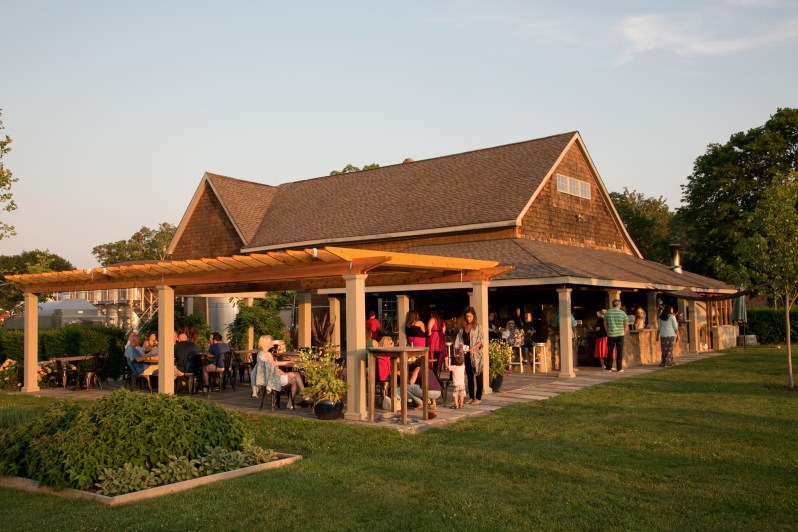
Some of the best wines from the island are Merlot and Sauvignon Blanc, but there’s some strong Syrah, Petit Verdot, and even Tocai Fruilano as well. Check out Jamesport Vineyards, McCall, Shinn Estate, and Coffee Pot Cellars.
Lake Erie
This AVA spans sections of New York, Pennsylvania, and Ohio, along the southern shore of the lake its named after. This is still very much Concord juice territory, but wine varieties like Cab Franc and Auxerrois fare well here. It’s a bit too humid for most of the more temperamental stuff, but hybrids like Noiret and Seyval Blanc are staking their claim.
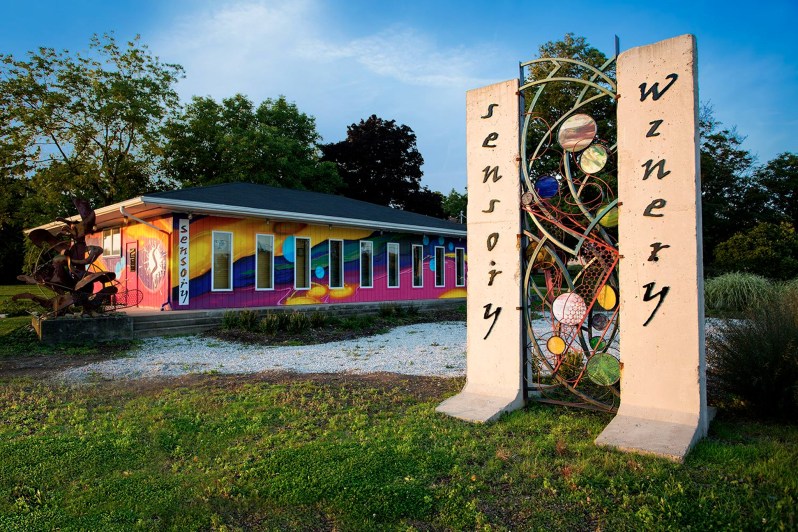
Check out Willow Creek and Sensory, which doubles as an art gallery.
Hudson River
It can be argued that his appellation has the greatest potential for growth. The large AVA has ample room for many, many more vineyard sites, especially along the fertile banks of the river itself. The AVA dates back to the early 1980s and is home to primarily hybrid reds and whites. But as the industry continues to evolve here, look for other varieties to establish prominence and yield solid wines. Right now, there are interesting takes on the Niagara variety, Vidal Blanc, and Baco Noir, among others.
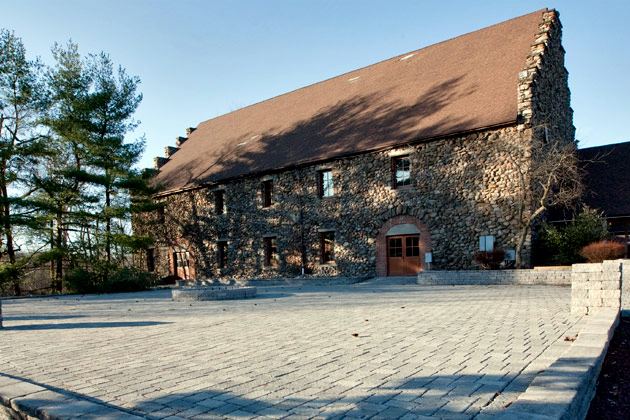
Visit the historic stops like Brotherhood Winery and Bernmarl, as well as Millbrook Vineyards.


